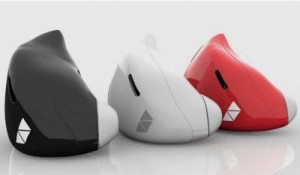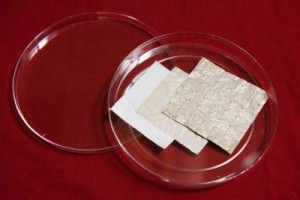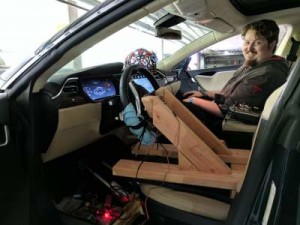Are we coming to an era that will allow us to communicate with other nationals who speak different languages than our native language? Well, it is not that far. A new language processing technology is already on the way. A smart earpiece is developed that will automatically translate foreign languages or sentences to the language you choose, most probably your native language.
So, the earpieces will understand what the person we talk to and translate into any language we want. In this way, we can listen a German speaker on the television or a French customer on the phone and understand what they say thanks to the earpieces.
Those earpieces will be connected an app installed in our smartphones and this app will make translation and send the date to earpieces. It will be two times bigger compared to standard headphones. The good side of the technology is that no internet connection is needed. Every language is defined to the app so it is usable during a trip, hotel or business meeting, simply anyplace.
According to the developers of the translation technology, English, French, Italian, Portuguese and Spanish will come default in the app, but other languages will be will be offered as packages to be sold.
Language translation technologies have big progress in recent years and it made easier for different nationalities to create new connections both in private and business manner.
References:
- https://www.indiegogo.com/projects/meet-the-pilot-smart-earpiece-language-translator-headphones-travel#/
- http://www.waverlylabs.com/pilot-translation-kit/




